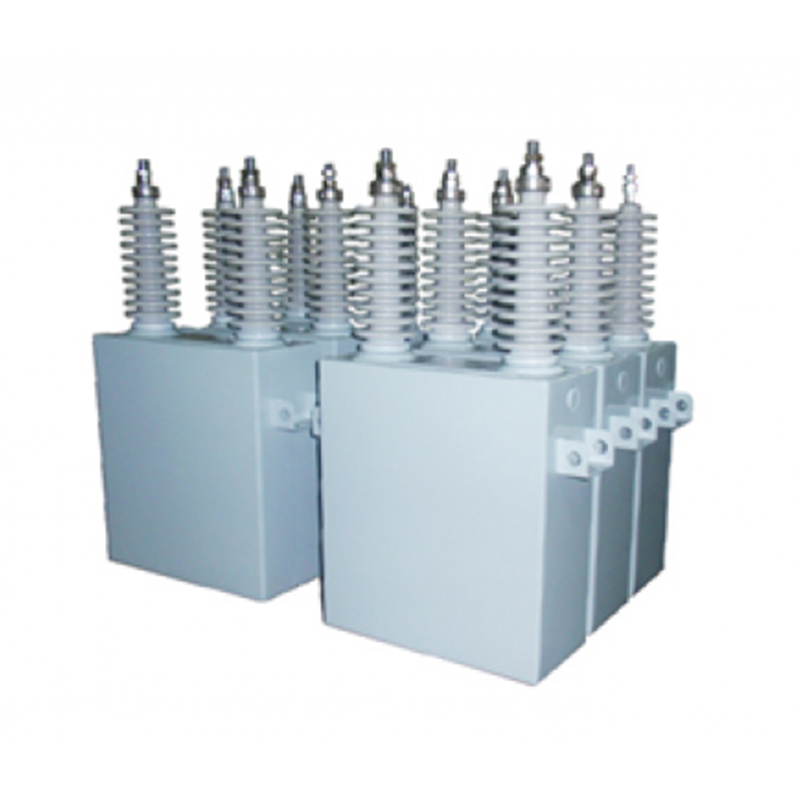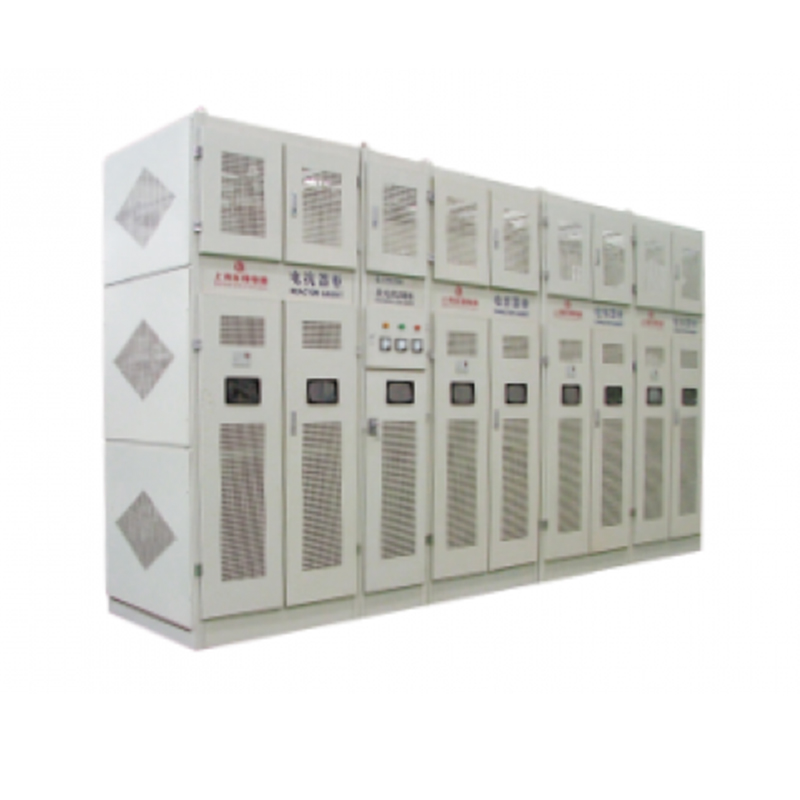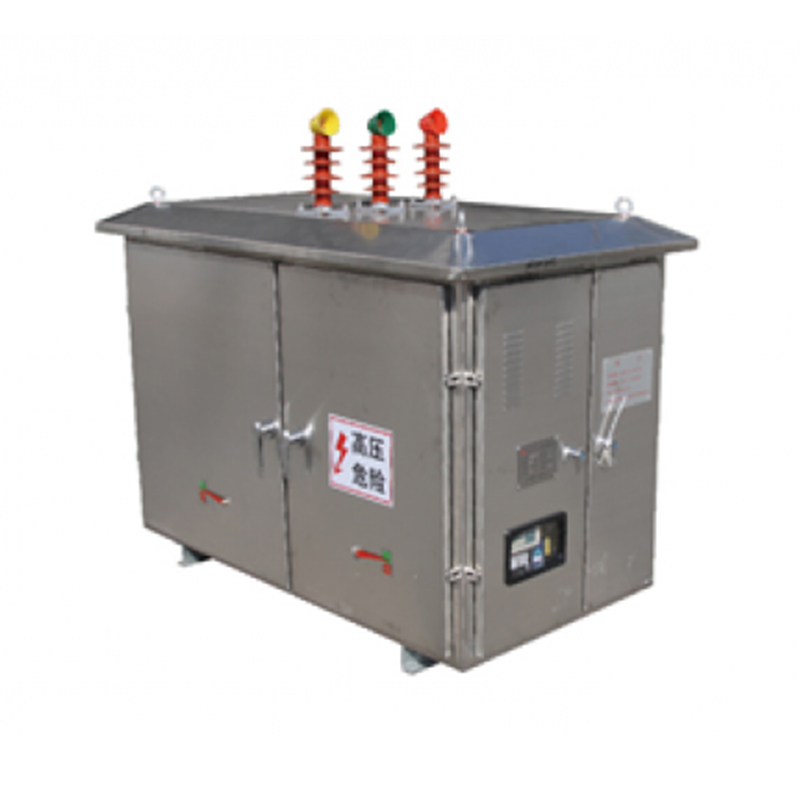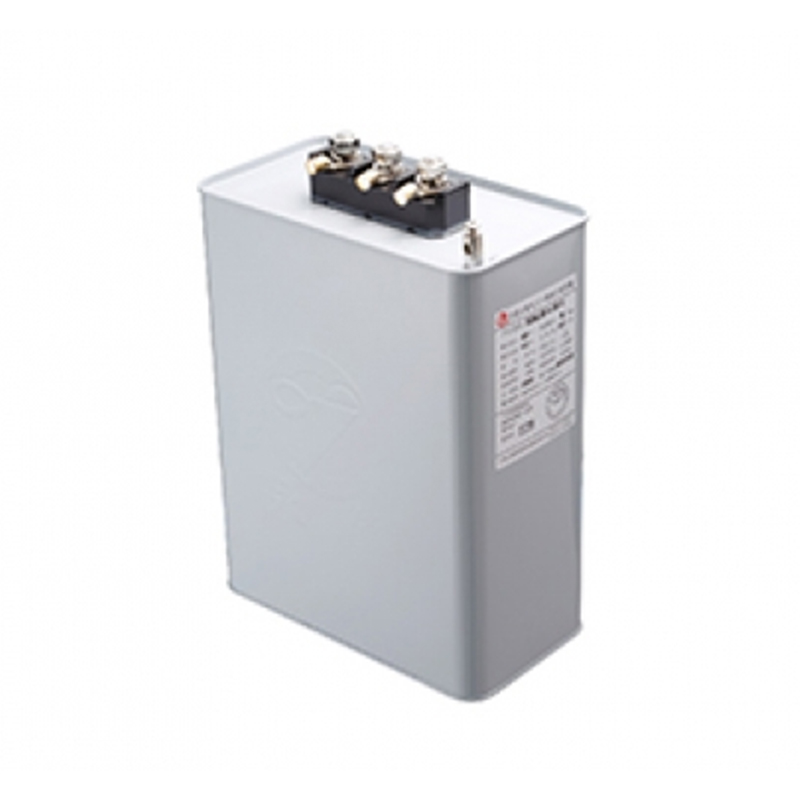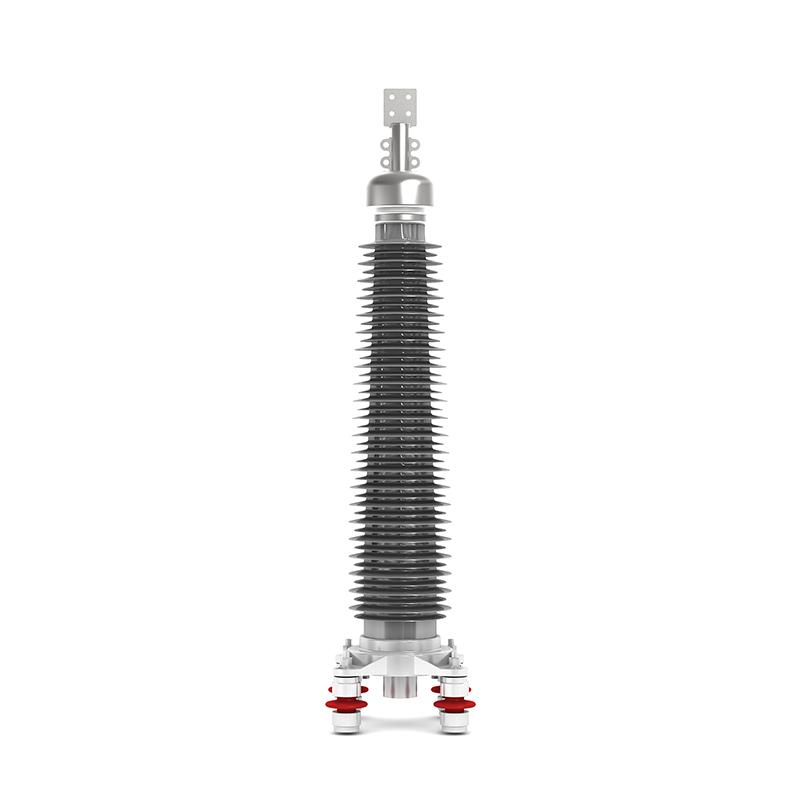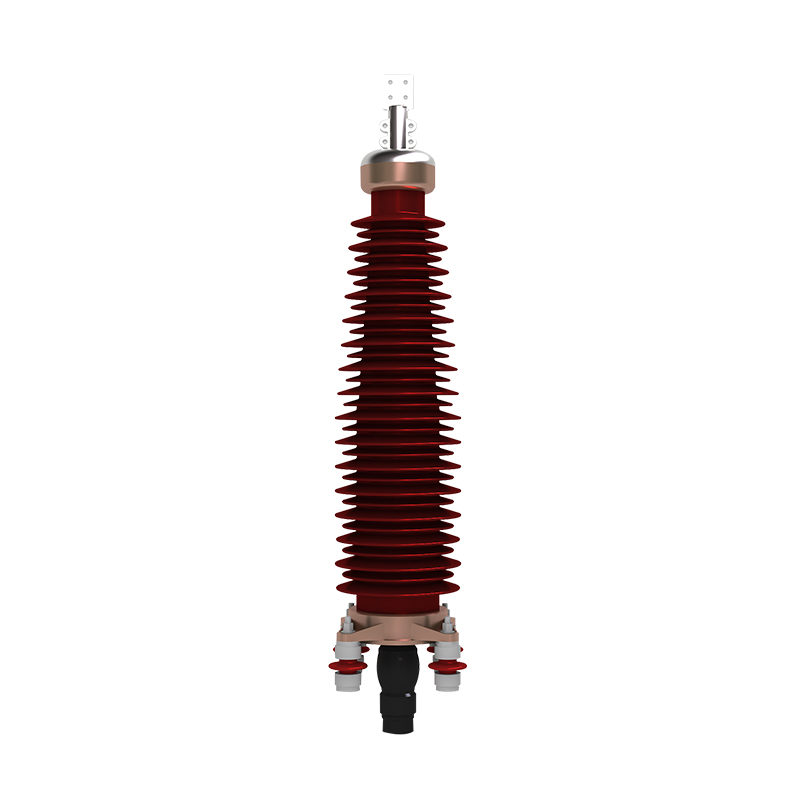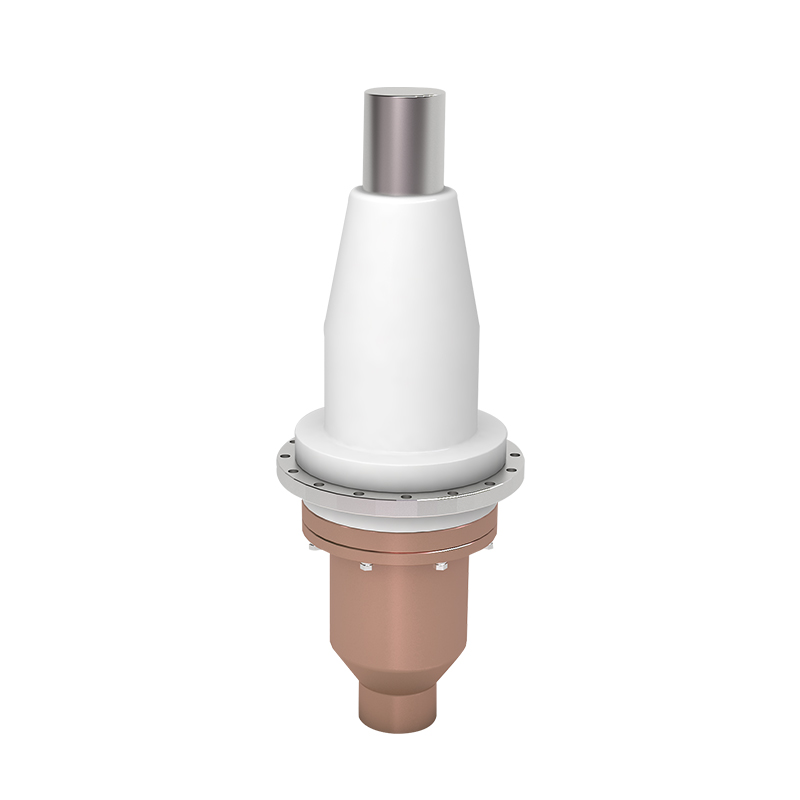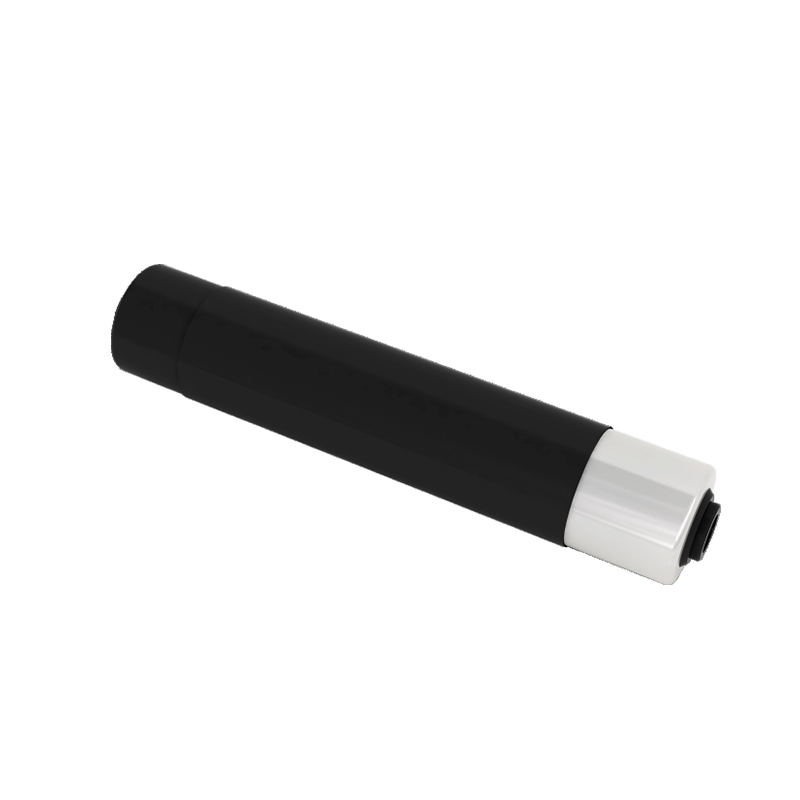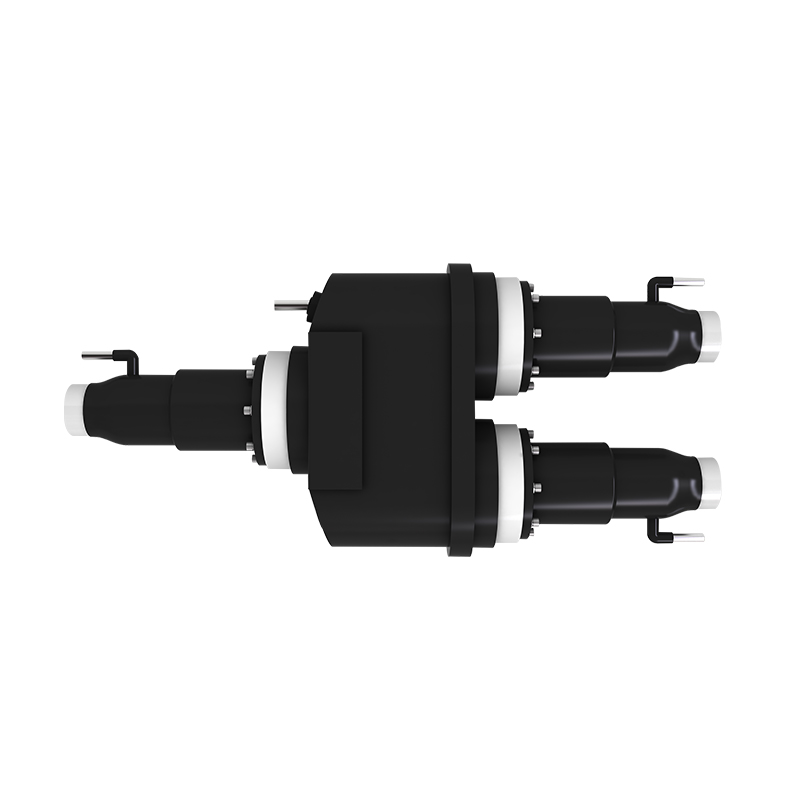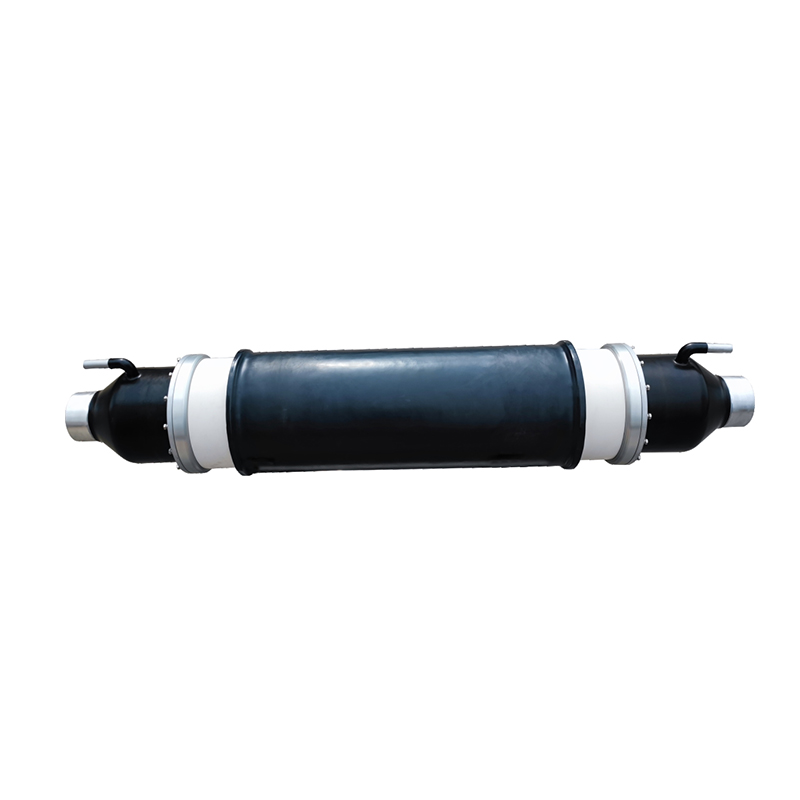Frequency Response and Speed Characteristics of High Voltage Capacitor Unit
High Voltage Capacitor Units are fundamental components in power electronics, energy storage, and signal processing systems. Their performance is not only determined by voltage rating and capacitance but also by frequency characteristics and response speed. These parameters define how well the capacitor can handle alternating currents, high-frequency signals, and transient events. Understanding the frequency response and dynamic behavior of a High Voltage Capacitor Unit is crucial for system designers seeking suitable efficiency, signal distortion, and reliable energy management.
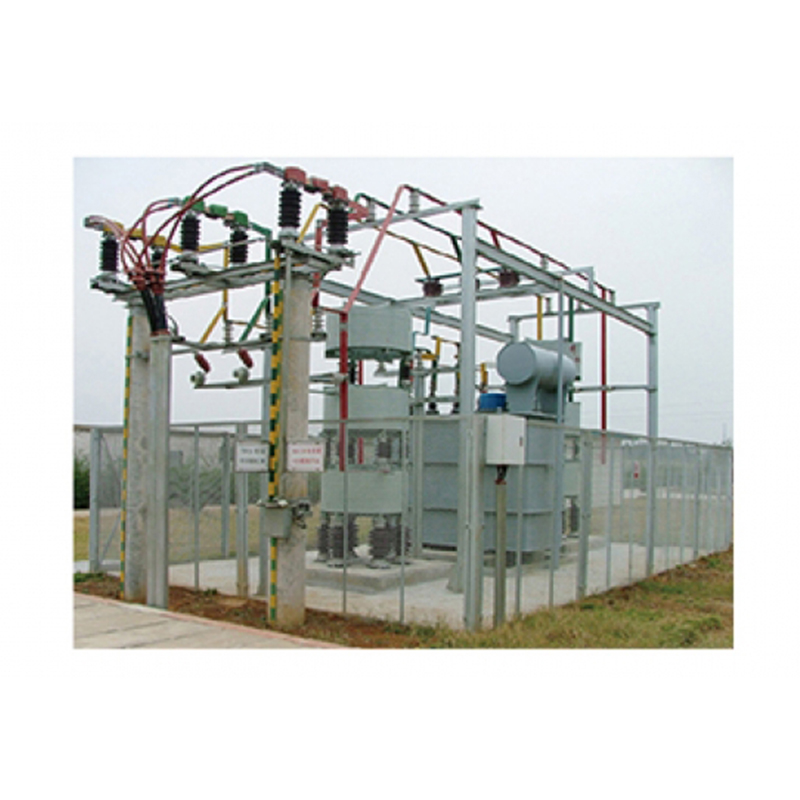
Frequency Response Characteristics
The frequency response of a High Voltage Capacitor Unit refers to its ability to maintain stable capacitance and impedance over a wide range of signal frequencies. At low frequencies, the capacitor typically behaves according to its nominal capacitance. As frequency increases, parasitic elements such as equivalent series resistance (ESR) and equivalent series inductance (ESL) begin to influence performance. These parasitic factors can reduce effective capacitance, introduce phase shifts, and increase energy losses. Capacitor materials, electrode design, and internal geometry are optimized to extend the frequency range over which the unit maintains predictable behavior.
Response Speed to Transients
Response speed defines how quickly a High Voltage Capacitor Unit can react to sudden voltage or current changes. Fast response is critical in pulse-forming networks, high-frequency inverters, and transient suppression circuits. Delayed response may result in voltage overshoot, ringing, or incomplete energy delivery, impacting system stability and efficiency. Advanced capacitors employ low-inductance connections, thin dielectric layers, and metallized films to achieve rapid charge and discharge cycles while maintaining reliability under high-voltage conditions.
Impact of Parasitic Elements
Parasitic resistance and inductance inherently affect both frequency response and response speed. High ESR can dissipate energy as heat, reduce efficiency, and slow transient response. ESL, caused by internal wiring and electrode configuration, limits high-frequency performance and may create resonant conditions within the circuit. Proper design strategies, such as reducing guide length, using optimized electrode patterns, and selecting low-loss dielectrics, improve the capacitor’s ability to operate effectively across a wide frequency spectrum.
Applications Requiring High-Frequency Stability
High Voltage Capacitor Units are often used in applications where frequency response is critical. In power conversion systems, they filter ripple and stabilize voltage. In pulse-power applications, rapid energy delivery requires capacitors with a response delay. Communication systems and RF circuits rely on capacitors that maintain consistent behavior at high frequencies to prevent signal distortion. The suitability of a capacitor in these scenarios depends on careful matching of its frequency and transient response characteristics to the system requirements.
Design Considerations for Optimized Performance
Engineers must evaluate both the electrical and physical characteristics of a High Voltage Capacitor Unit to ensure suitable frequency response and response speed. Factors include dielectric material, electrode configuration, insulation thickness, and packaging methods. Proper thermal management ensures consistent performance during rapid charge-discharge cycles, preventing degradation caused by heat accumulation. Integrating capacitors with complementary components, such as inductors and resistors, further enhances system stability and dynamic behavior.
The frequency response and response speed of a High Voltage Capacitor Unit are key determinants of its effectiveness in modern electrical systems. By understanding the impact of parasitic elements, dielectric properties, and design features, engineers can select capacitors that meet high-frequency demands while delivering rapid transient response. Optimized High Voltage Capacitor Units ensure energy loss, enhanced signal fidelity, and reliable operation across demanding applications, making frequency and speed characteristics critical considerations in capacitor selection and system design.
Recommended Products
The variety of models, to meet the development needs of various regions in the world.
-
Add: No. 508, Dongye Road, Dongjing Town, Songjiang District, Shanghai
-
Tel: +86-13757652508
-
E-mail: [email protected]
 English
English 中文简体
中文简体 русский
русский Español
Español عربى
عربى